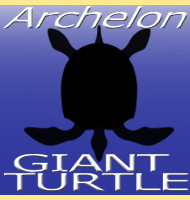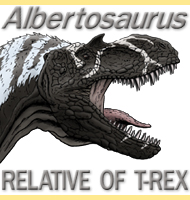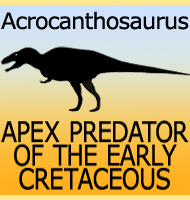


Adocus
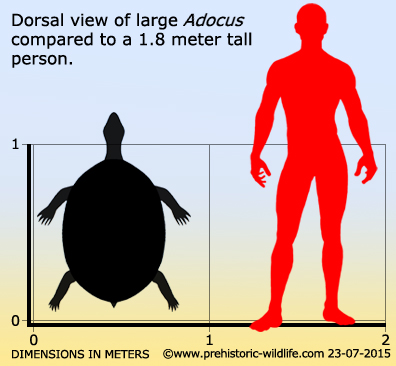
Name: Adocus.
Phonetic: Ad-o-kuss.
Named By: Edward Drinker Cope - 1868.
Synonyms: Adocus punctatus, Adocus lacer.
Classification: Chordata, Reptilia, Testudines,
Cryptodira, Adocidae, Adocinae.
Species: A. beatus (type),
A. agilis, A. aksary, A. bossi, A. bostobensis, A.
dzhurtasensis, A. firmus, A. foveatus, A. hesperius, A.
inexpectatus, A. kirtlandius, A. kizylkumensis, A.
lineolatus, A. onerosus, A. orientalis, A. planus, A.
pravus, A. sengokuensis, A. syntheticus
Diet: Omnivore.
Size: Shells up to 80 centimetres long.
Known locations: Canada, Alberta - Dinosaur
Park Formation, Foremost Formation, Oldman Formation;
Saskatchewan - Ravenscrag Formation. China - Youganwo
Formation. Japan - Kitadani Formation, Sengoku Formation,
Tamagawa Formation. Kazakhstan - Bostobe Formation, Syuksyuk
Formation . Mexico - Cerro del Pueblo Formation. Mongolia
- Barun Goyot Formation, Baynshire Formation, Dohoin Usu
Formation. Tajikistan - Palvantash Formation, Yalovach
Formation. USA, Arizona - Fort Crittenden Formation;
Colorado - Laramie Formation; Maryland -Brightseat Formation;
Missouri - Ripley Formation; Montana - Hell Creek
Formation, Judith River Formation; New Jersey - Hornerstown
Formation, Navesink Formation, Marshalltown Formation; New
Mexico - Fruitland Formation, Kirtland Formation; North
Carolina - Tar Heel Formation; North Dakota - Hell Creek
Formation; South Carolina - Rhems Formation, Williamsburg
Formation; South Dakota - Hell Creek Formation; Texas -
Aguja Formation; Utah - Masuk Formation; Wyoming - Ferris
Formation, Lance Formation. Uzbekistan - Bissekty Formation,
Khodzhakul Formation, Sultanbobin Formation.
Time period: Barremian of the Early Cretaceous
through to the end of the Oligocene.
Fossil representation: Multiple specimens, some
almost complete.
Adocus is a genus of freshwater cryptodiran turtle that lived in both Asia and North America. Most Canadian and American fossils are confirmed as coming from Cretaceous deposits, however some fossils are determined as coming from deposits after the Cretaceous, with some as recent as the late Oligocene. Adocus is known to have inhabited freshwater where it is thought to have had an omnivorous diet.
Further reading
- On some Cretaceous Reptilia. - Proceedings of the Academy of
Natural Sciences of Philadelphia 20:233-242. - Edward Drinker
Cope - 1868.
- Reptilian faunas of the Torrejon, Puerco, and underlying Upper
Cretaceous formations of San Juan County, New Mexico. - United
States Geological Survey Professional Paper 119:1-68. - C. W.
Gilmore - 1919.
- The skeletal morphology of the Cretaceous cryptodiran turtle,
Adocus, and the relationships of the
Trionychoidea. - American
Museum novitates, no. 2941. - Peter Andre Meylan &
Eugene S. Gaffney - 1989.
- New taxa of Mesozoic turtles from Mongolia. - Fossil Turtle
Research 1:119-127. - V. B. Sukhanov & P.
Narmandakh - 2006.
-New Material and a Revision of Turtles of the Genus Adocus
(Adocidae) from the Late Cretaceous of Middle Asia and Kazakhstan.
- Proceedings of the Zoological Institute RAS
Vol. 313, No. 1, рр. 74–94. - E. V. Syromyatnikova
& I. G. Danilov - 2009.
- The first ‘true’ Adocus (Testudines,
Adocidae) from the
Paleogene of Asia. - Journal of Vertebrate paleontology - Igor
Gennadievich Danilov, Elena Syromyatnikova, Pavel P. Skutschas,
T. M. Kodrul & Jianhua Jin - 2013.
- A new species of the genus Adocus (Adocidae,
Testudines) from
the Lower Cretaceous of Southwest Japan. - Paleontological
Research 19(1):26-32. - T. Sonoda, R. Hirayama, Y.
Okazaki & H. Ando - 2015.
----------------------------------------------------------------------------
Random favourites
 |
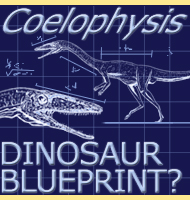 |
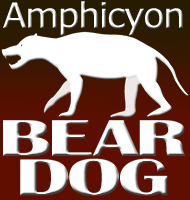 |
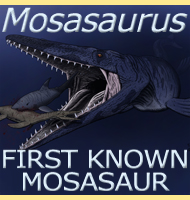 |
